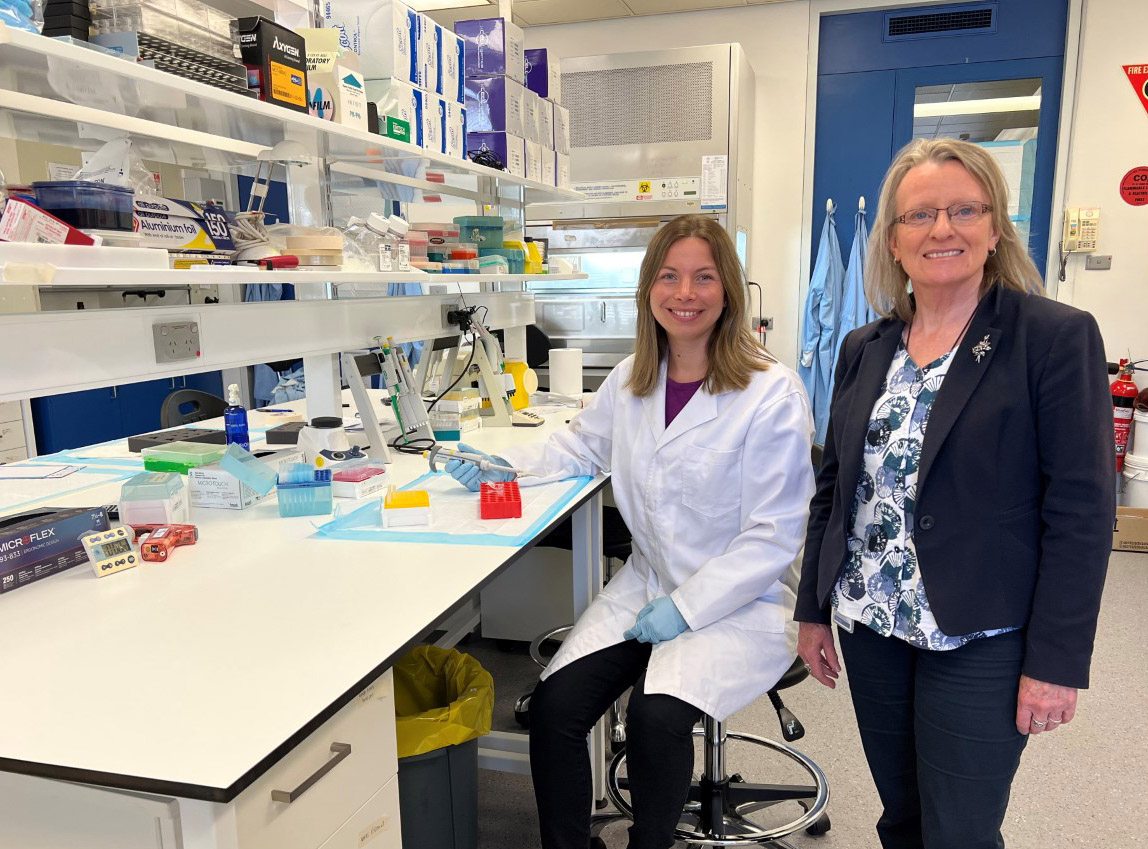 New research from South Australia has found that emergency caesareans are associated with higher levels of inflammatory gene expression in the placenta than in natural childbirth.
New research from South Australia has found that emergency caesareans are associated with higher levels of inflammatory gene expression in the placenta than in natural childbirth.
The long-term health consequences for mode of delivery are still largely unknown but the findings indicate that babies, particularly females, might be more compromised in their development and long-term health and wellbeing after an emergency C-section.
The study, led by Flinders University’s Pregnancy Health and Beyond (PHaB) Lab and other researchers, investigated differences in placenta inflammation markers after delivery of both male and female babies involved in 20 emergency caesarean procedures.
It compared the data with 40 placentas from vaginal (natural) deliveries and 10 placentas from an elective C-section at an Adelaide public maternity hospital between 2006 and 2018.
Lead author Dr Anya Arthurs, from Flinders University, said that in births where labour is involved, there is more inflammatory gene expression in the placenta associated with an emergency caesarean section when compared to a vaginal birth.
“Assessment of inflammatory gene expression in the placenta could be used to identify babies who have been exposed to higher-than-normal levels of inflammation at birth, and so create incentives to monitor their development and long-term health and wellbeing more closely,” Dr Arthurs said.
High levels of inflammation at birth are associated with some neurodevelopmental disorders in children, including autism spectrum disorders, ADHD and cerebral palsy, which may be due to inflammation associated with perinatal infection, preterm labour or with preeclampsia.
However, unless the inflammation is long standing or acute, as is the case with hypoxia induced encephalopathy (birth asphyxia), some perinatal inflammation may be tolerated by the baby.
Senior author Professor Claire Roberts said that it is important to know that with ‘normal’ vaginal delivery the placenta still shows inflammatory markers, and other studies have also shown that this is seen in the blood of newborn babies.
“Indeed, we found greater placental inflammation in vaginal delivery than for elective (non-emergency) caesarean sections,” Professor Roberts said.
“Emergency caesarean sections are done when the mother or the baby are in distress after labour has started and sometimes has gone on for hours with not a lot of progress – so they have the inflammation of labour plus extra, due to whatever caused the distress.”
“At this stage we do not have any evidence to suggest that the level of inflammation we see in the placenta due to the mode of delivery is associated with long term effects in children, but mode of delivery has been associated with inflammatory markers in the baby in the first few days.”
Interestingly, while placentas tested from baby boys have more inflammatory gene expression from a vaginal birth, baby girls born in emergency caesarean section deliveries have more inflammatory markers.
“One explanation for this could be our finding that placentas from baby boys tend to put out ‘alarm signals’ (known as ‘interleukin-33’) in times of foetal distress, which we didn’t see in the placentas from baby girls,” Professor Roberts said.
“This could help to mitigate the amount of inflammation.”
The research is part of a larger study examining the placental transcriptome (mRNA gene expression) across gestation and in uncomplicated pregnancy compared to pregnancies affected by preeclampsia (high blood pressure in pregnancy) and gestational diabetes.

